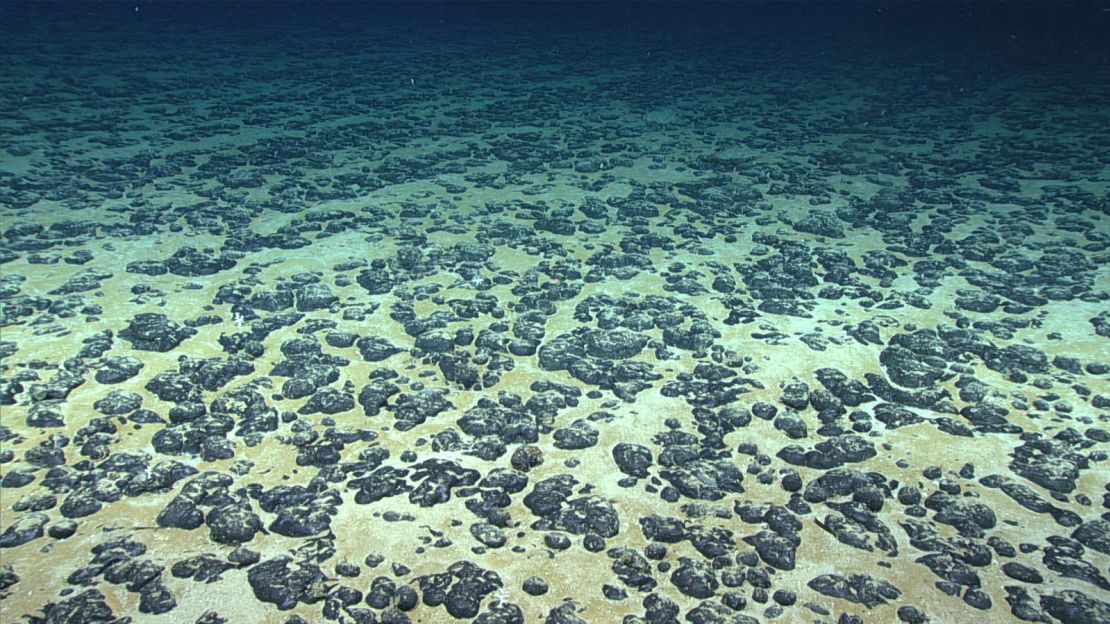Historical Overview
The quest to explore the ocean's depths has evolved significantly over centuries. Early endeavors, such as the 1872-1876 HMS Challenger expedition, laid the groundwork for modern oceanography by mapping the seafloor and discovering deep-sea species. This expedition identified the Challenger Deep, the deepest known point in the ocean, located in the Mariana Trench.
In the mid-20th century, technological advancements facilitated deeper exploration. In 1960, the bathyscaphe Trieste, piloted by Jacques Piccard and Don Walsh, reached the Challenger Deep, marking the first manned descent to the ocean's deepest point. This achievement underscored the potential for human exploration of extreme marine environments.
Technological Advancements
Submersibles and Manned Vehicles
The development of submersibles has been pivotal in deep sea exploration. The Trieste's 1960 descent demonstrated the feasibility of manned exploration at extreme depths. Subsequent innovations led to the creation of Alvin in 1964, a submersible capable of carrying three people to depths of up to 4,500 meters. Alvin's design allowed for extended missions, significantly enhancing deep-sea research capabilities.
Remotely Operated Vehicles (ROVs)
The 1970s and 1980s saw the emergence of ROVs, which are tethered, unmanned vehicles controlled from the surface. These vehicles are equipped with cameras, manipulator arms, and various sensors, enabling detailed surveys and sample collection without the risks associated with manned missions. ROVs have become essential tools in both scientific research and industrial applications, such as oil and gas exploration.
Autonomous Underwater Vehicles (AUVs)
AUVs operate independently of surface control, navigating pre-programmed routes to collect data. These vehicles are instrumental in mapping the seafloor, measuring environmental parameters, and conducting long-duration missions. The integration of artificial intelligence has further enhanced AUV capabilities, allowing for adaptive mission planning and real-time data analysis.
Sonar and Imaging Technologies
Advancements in sonar technology have revolutionized seafloor mapping. High-resolution sonar systems, such as Synthetic Aperture Sonar (SAS), provide detailed images of underwater terrain, facilitating the discovery of geological features and shipwrecks. Additionally, improvements in deep-sea cameras and lighting systems have enabled the capture of high-definition imagery, revealing the vibrant ecosystems that exist in the ocean's depths.
Telepresence and Real-Time Data Transmission
Telepresence technology combines satellite communications with the internet to transmit real-time data from deep-sea missions to scientists and the public. This approach allows for immediate analysis and broader engagement with exploration activities. For instance, NOAA's Okeanos Explorer utilizes telepresence to share live video feeds from its ROVs, enhancing collaborative research efforts.
Major Exploration Programs
Deep Sea Drilling Project (DSDP)
Initiated in 1968, the DSDP was a pioneering effort in scientific ocean drilling. Utilizing the drilling vessel Glomar Challenger, the project collected core samples from the ocean floor, providing critical evidence for the theory of plate tectonics and advancing understanding of Earth's geological history.
Integrated Ocean Drilling Program (IODP)
Building upon the successes of the DSDP, the IODP operated from 2003 to 2013. This international collaboration focused on monitoring and sampling sub-seafloor environments to study environmental change, Earth processes, and the biosphere. The program's findings have been instrumental in understanding climate change and geohazards.
International Ocean Discovery Program (IODP)
Launched in 2013, the International Ocean Discovery Program continues the legacy of its predecessors by advancing scientific understanding through drilling, coring, and monitoring the subseafloor. The program's research encompasses studies on climate change, geodynamics, and the deep biosphere, contributing to a comprehensive understanding of Earth's processes.
Environmental Considerations
While deep sea exploration has expanded knowledge of marine environments, it also raises environmental concerns. Activities such as deep-sea mining for polymetallic nodules and other resources pose potential risks to fragile ecosystems. The disturbance of the seafloor can disrupt habitats and affect biodiversity. Therefore, balancing exploration and resource extraction with environmental conservation remains a critical challenge.
Future Prospects
The future of deep sea exploration is poised for significant advancements. Emerging technologies, including more sophisticated AUVs and ROVs, enhanced imaging systems, and AI-driven data analysis, promise to deepen understanding of the ocean's mysteries. Additionally, international collaborations and regulatory frameworks will play vital roles in ensuring that exploration efforts are conducted responsibly, preserving the health of marine ecosystems for future generations.
